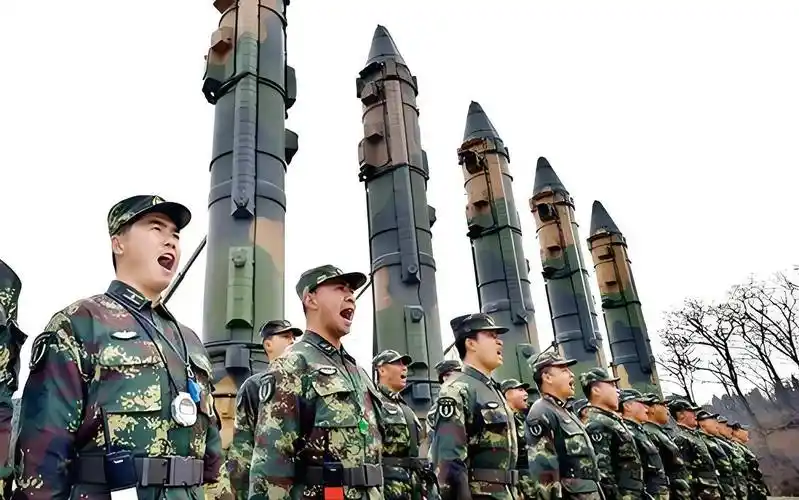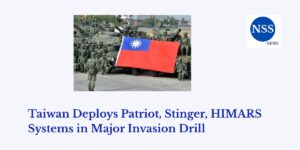
By NSS New
Subheadline:
Beijing’s missile force could challenge U.S. dominance across the Asia-Pacific, officials tell Senate
📍 Dateline:
Washington, D.C. | July 2, 2025
🛰️ The Move
Senior U.S. defense officials told lawmakers that China’s People’s Liberation Army Rocket Force (PLARF) has rapidly expanded its missile capabilities—posing a serious threat to U.S. bases and allies across the Indo-Pacific region.
📡 The Signal
The Rocket Force’s modernization and hypersonic missile developments represent a strategic shift that could undermine U.S. deterrence, disrupt regional stability, and constrain U.S. military operations in the event of conflict.
📌 Core Facts (The Essentials)
- Pentagon testimony warns that China’s PLARF has made significant strides in long-range precision strike and hypersonic missile technology.
- China now fields over 400 intercontinental ballistic missiles and is estimated to possess more than 600 nuclear warheads, with projections exceeding 1,000 in the near term.
- The missile arsenal includes:
- 1,300 intermediate-range ballistic missiles (targeting U.S. bases in Guam)
- 500 medium-range missiles (within range of Alaska and Australia)
- 900 short-range missiles (capable of striking Taiwan)
- 400 cruise missiles effective within the First Island Chain
- The Dong Feng-17 hypersonic missile could replace older systems and strike U.S. naval assets in the Western Pacific.
- The PLA is also constructing a sophisticated “kill web” of satellites, sensors, and weapons to enhance targeting and command control across warfighting domains.
🧭 The Context
The PLARF, central to China’s military strategy, plays a critical role in Beijing’s bid to reshape the regional balance of power and deter U.S. intervention over flashpoints such as Taiwan. The force has evolved dramatically under President Xi Jinping, who has prioritized nuclear and missile modernization.
🧑💼 The Players
- PLARF (China) – Oversees conventional and nuclear missile forces
- General David Allvin – U.S. Air Force Chief of Staff
- General Chance Saltzman – U.S. Space Force Chief of Space Operations
- Liu Pengyu – Chinese Embassy Spokesperson
- U.S. Senate Appropriations Committee – Defense budget oversight body
🎙️ The Reaction
- Gen. Saltzman (USSF): “The PRC’s ISR web allows them to track and target at great range… we must mitigate the effects they’re generating by that constellation.”
- Gen. Allvin (USAF): “The PRC is rapidly modernizing… with the intent to reshape the international order.”
- Chinese Embassy Spokesperson: “China adheres to peaceful development… the U.S. is turning the Asia-Pacific into a powder keg.”
🔮 The Outlook
The Department of Defense is prioritizing homeland defense, nuclear deterrence, and global power projection. Its $961.6 billion budget request for FY2026 reflects a shift toward preparing for high-end conflict with peer adversaries like China.
📆 The Timeline
- 2023–2024: PLARF missile buildup accelerates
- 2024: DOD confirms China’s warhead count exceeds 600
- 2025: Senate testimony reveals expanded PLA capabilities
- 2026: Pentagon defense budget request highlights strategic shift
🧠 NSS View
The U.S. must prepare for a new missile-centric battlespace in the Indo-Pacific. While China may trail in warhead numbers, its speed, precision, and ISR integration present an asymmetric threat that could paralyze U.S. regional forces in the early stages of conflict.
Source Attribution:
Based on reporting by Micah McCartney, Newsweek. Confirmed via testimony from U.S. Air Force and Space Force leaders before the Senate Appropriations Committee.
This news is based on reporting by Micah McCartney | Newsweek





